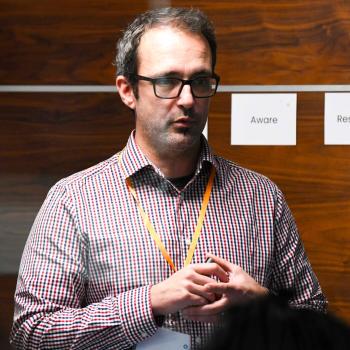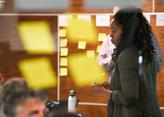Digital Marketing Surgeries
Tell us about your digital challenges with one of our Fresh Egg Experts. In return, we'll provide advice, ideas or inspiration in a 30-minute session - reserve your free consultation today.

We run many different free and paid-for events, including Bitesize learning, webinars, training and roundtables, where we provide thought leadership and share the value of our experience.
Tell us about your digital challenges with one of our Fresh Egg Experts. In return, we'll provide advice, ideas or inspiration in a 30-minute session - reserve your free consultation today.
Join thousands of other marketers, receive our fortnightly Fresh Thinking email. Register today to receive our marketing news round-up, exclusive invites to training and events, helpful blogs, guides and free resources.
Let's have a chat about it! Call us on 01903 337 580

